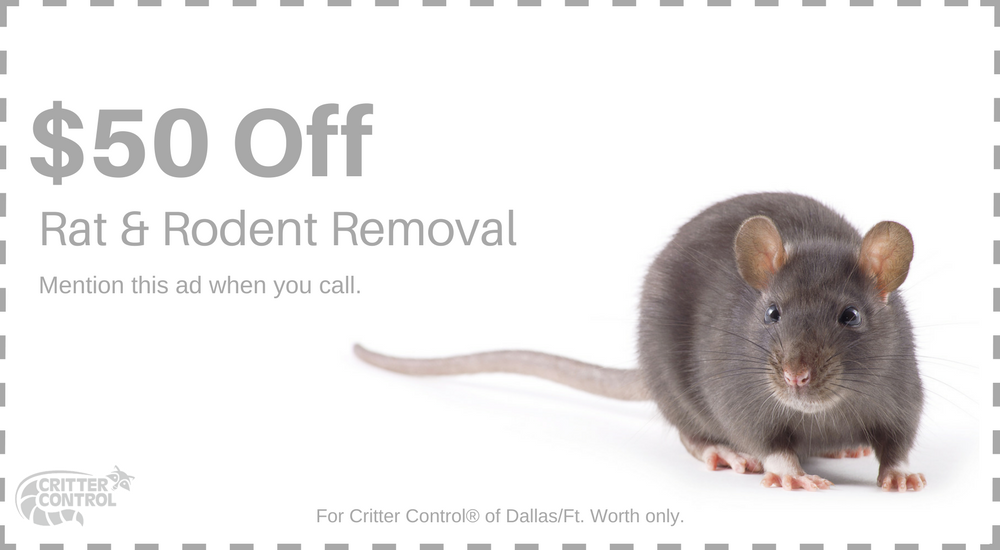Mice have become an all-too-common for people throughout the Fort 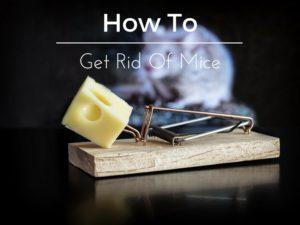 Worth area, due in large part to the huge variation in weather throughout the year. The temperature and weather fluctuations send mice seeking shelter into homes and businesses all over the city. An infestation of mice can take a serious toll on your home and pose a very real health risk to your family. The following techniques will help you address your mouse problem, and keep them away for good.
Worth area, due in large part to the huge variation in weather throughout the year. The temperature and weather fluctuations send mice seeking shelter into homes and businesses all over the city. An infestation of mice can take a serious toll on your home and pose a very real health risk to your family. The following techniques will help you address your mouse problem, and keep them away for good.
- Find their Hideout – The first step in addressing a mouse problem is to find where the critters are hiding out. From there, you can cut off their food and water sources, seal off entry points, and set traps to begin thinning out the infestation.
- Removal – Professional removal will always be the most effective, safest means of animal removal, but there are a variety of store-bought options you can try, including:
- Snap Traps – These are the traditional ‘mouse trap’ that most people think of first. While effective, they often kill the mice instantly and can leave quite a mess. A professional will need to remove any carcasses to avoid the risk of infection.
- Glue Traps – Many people have mixed feelings on this method, as it is effective, but can lead to a slow and inhumane death for the affected mice.
- Live Traps – The preferred method for professional mouse trappers, live traps allow you to safely relocate the critters once caught.
Poison should be used under no circumstance as it is dangerous to both humans and pets if handled incorrectly or consumed.
- Call a Professional – Once any mice have been isolated and trapped, they will need to be removed from your home or business. Handling them on your own puts you at risk of contracting dangerous infectious diseases, so it’s best to leave that up to a professional.
Let Us Help
The safest and most effective option for mouse removal will always be using a professional service like Critter Control® Fort Worth. Dealing with a rat infestation is not only frustrating, but it is also potentially risky as well. The longer they are allowed to live in your home or business, the more costly the damage will be. Call us today at 817-438-8428 to schedule your consultation.




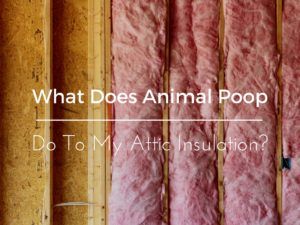 downright dangerous for both your family and your home. One of the major risk factors is the waste that these critters leave behind. When an animal finds its way into your attic, building a nest is its priority. Rodents like mice or rats will chew through wiring, wood, and attic insulation to build their nests – but that’s only half of the problem when dealing with an infestation.
downright dangerous for both your family and your home. One of the major risk factors is the waste that these critters leave behind. When an animal finds its way into your attic, building a nest is its priority. Rodents like mice or rats will chew through wiring, wood, and attic insulation to build their nests – but that’s only half of the problem when dealing with an infestation.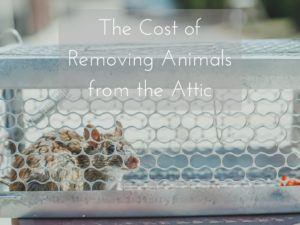 animal infestation, and one of the most common questions we receive is, “how much is this going to cost?” Unfortunately, no two infestations are ever the same, so in order to accurately assess the cost, a thorough consultation needs to be conducted. We treat each situation individually, and some of the factors that may influence the pricing of removing animals from your
animal infestation, and one of the most common questions we receive is, “how much is this going to cost?” Unfortunately, no two infestations are ever the same, so in order to accurately assess the cost, a thorough consultation needs to be conducted. We treat each situation individually, and some of the factors that may influence the pricing of removing animals from your 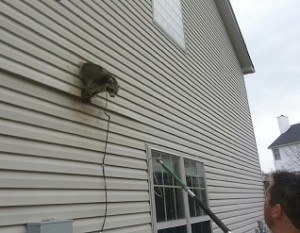
 for your infestation problem. Extermination methods are usually not environmentally friendly, and killing rats yourself can expose you to a variety of potentially fatal diseases, including the bubonic plague. At Critter Control, we encourage rat proofing your Ft. Worth home and give you plenty of tools to do so.
for your infestation problem. Extermination methods are usually not environmentally friendly, and killing rats yourself can expose you to a variety of potentially fatal diseases, including the bubonic plague. At Critter Control, we encourage rat proofing your Ft. Worth home and give you plenty of tools to do so.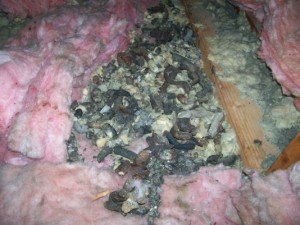 infestation. These areas offer safety, warmth, and easy access food – everything a rat could ever want to begin breeding. No matter how clean your home is, a rat infestation is still a possibility in the Fort Worth area.
infestation. These areas offer safety, warmth, and easy access food – everything a rat could ever want to begin breeding. No matter how clean your home is, a rat infestation is still a possibility in the Fort Worth area. more commonly associated with pests such as armadillos, snakes, or skunks. While these are definitely problems for homeowners and business owners, rats are an issue as well. Building owners must stay knowledgeable about rats to protect themselves from their diseases and damage. Critter Control of Ft. Worth is here to supply you with some crucial Ft. Worth rat facts.
more commonly associated with pests such as armadillos, snakes, or skunks. While these are definitely problems for homeowners and business owners, rats are an issue as well. Building owners must stay knowledgeable about rats to protect themselves from their diseases and damage. Critter Control of Ft. Worth is here to supply you with some crucial Ft. Worth rat facts.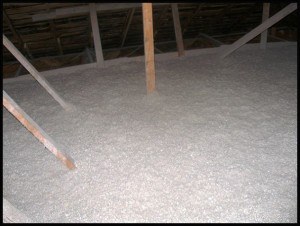
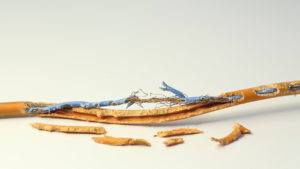
 Some commonly damaged areas include:
Some commonly damaged areas include: